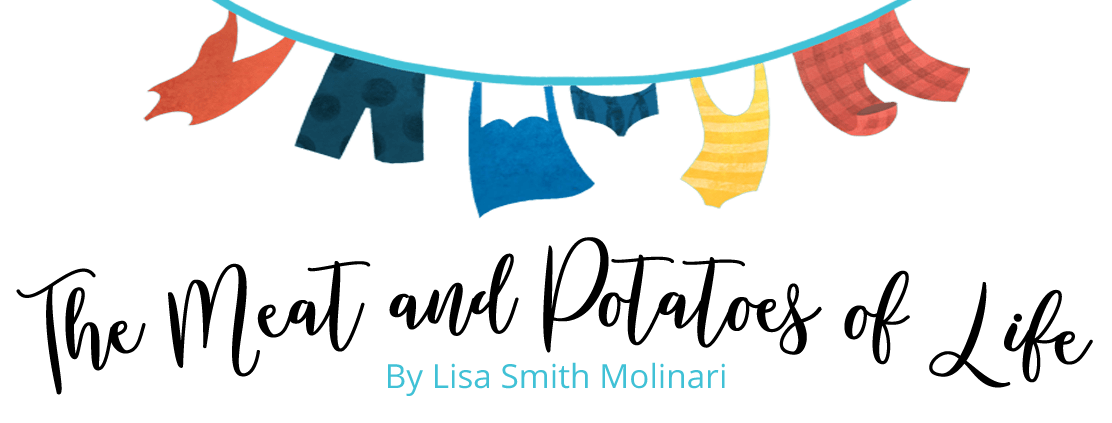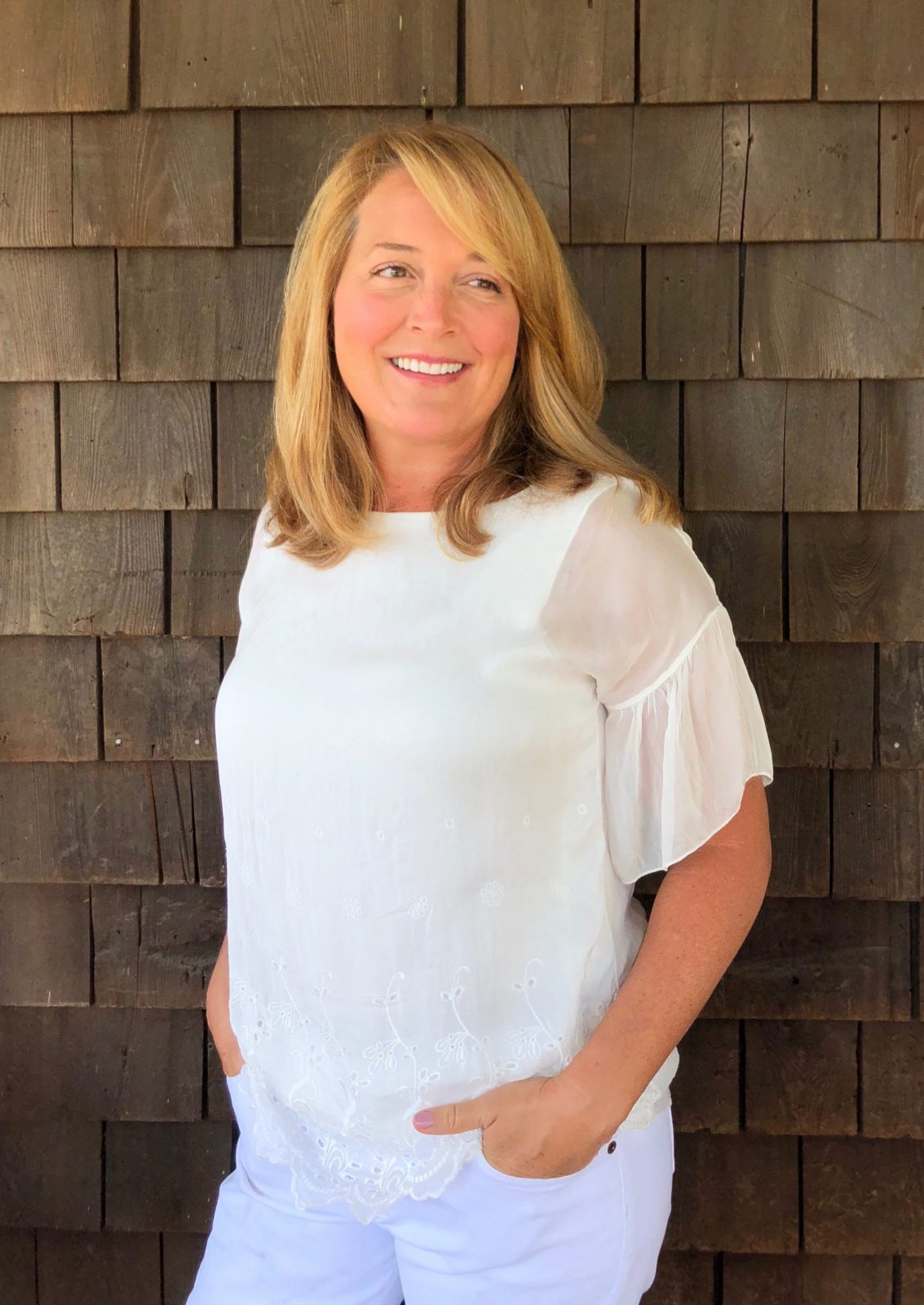I had booked the March 2020 trip to Key West as a much-needed getaway after a cold, dark winter serving as caregiver (scullery maid) to my husband Francis when hip replacement surgery rendered him pathetic and helpless. I just needed one glorious week of hot sun, palm trees, tropical drinks, and no one asking me to put on his socks and make him a sandwich to feel human again.
My teenage daughter came along to keep me company. As the most easy-going of our children, Lilly wouldn’t complain about our cheap motel or having no rental car. We spent our days scouting beaches on our rented beach bikes, and nights people-watching along Duval Street. We ate the motel’s continental breakfast of yogurt cups and cellophane-wrapped muffins, then treated ourselves to lunches or dinners out, sometimes scrapping crowded restaurants in favor of ice cream cones, or take out eaten on our motel bed while watching movies.
The news anchors on the motel lobby television said that the World Health Organization declared a global pandemic because of that “coronavirus” thingumabob, but no one in Key West seemed concerned. Whatever it was, it was very far away.
On our last night, Lilly and I, sunburned and flip-flopped, rode our bikes to Mallory Square to watch the street performers one more time. Silhouetted against a brilliant sunset, we watched a juggling mime dangle precariously from a 30-foot stack of chairs. But Cuban music wafting from a nearby open air bar caught our attention, and we floated toward the sounds. A band was playing the kind of irresistible beat that renders you unable to stay still. Lilly and I wished we could move like the salsa dancers gyrating in the subtropical heat.
An hour later, we were in a sweaty conga line with twenty complete strangers, grabbing slippery shoulders with clammy hands, jumping to the rhythm, kicking side to side, grinning from ear to ear.
It was a blast — the perfect ending to our trip.
The next morning as we nibbled stale muffins in the motel lobby waiting for the airport taxi, the local news anchors announced that Florida’s Governor issued an executive order shutting down all restaurants and bars in the state.
Ten hours after laughing in that sweaty conga line, our world had quite suddenly become a dangerous place. As we wrapped scarves around our previously unmasked faces, my eyes darted to strangers, doorknobs, handrails, and communal spaces that might be deadly in this frightening new world.
Back at home in Rhode Island, Francis, Lilly and I — along with our daughter Anna who was sent home from college — hunkered down for what we thought would be a month or two of quarantine. But as scientists struggled to understand the deadly virus that was spreading rapidly, our expectations and standards changed with each nightly coronavirus briefing. One by one, things I once thought safe were called into question. Should I disinfect the mail? Does a sneeze travel 15 feet? Can the dog get it? Should I wear gloves? Do masks really work? How long does the virus live on the surface of an apple? A cardboard box? The steering wheel? The light switch?
In March, the shut down began. In April, stimulus checks were issued. In May, Anna graduated from college online. In June, U.S. Covid-19 cases reached two million. In July, fireworks were cancelled. In August, schools didn’t reopen. In September, global Covid-19 deaths surpassed one million. In October, President Trump tested positive. In November, vaccine trials were completed. In December, the first Covid-19 vaccines are administered. In January, cases decline in the U.S. In February, almost 50 million Americans reported receiving at least one dose of the vaccine.
This month, one year later, I began to hope again. Hope that I might begin writing in coffee shops again, instead of being stuck at home all day. Hope that Lilly might go to college in the fall. Hope that I might lose the eight pounds I gained during quarantine. Hope that I might go on another getaway trip.
Hope that I might dance with strangers in a sweaty conga line again.










Reader Interactions